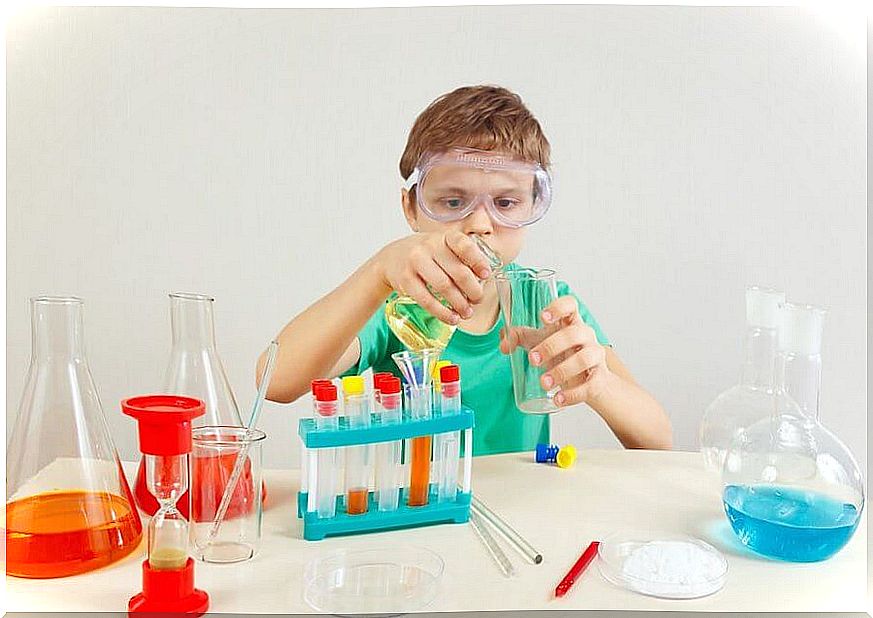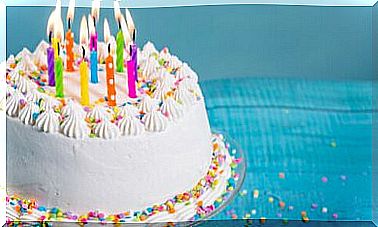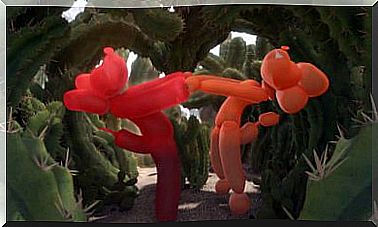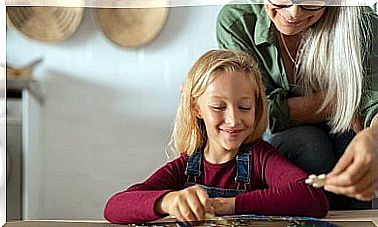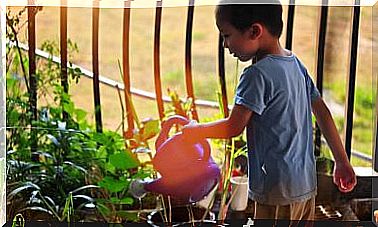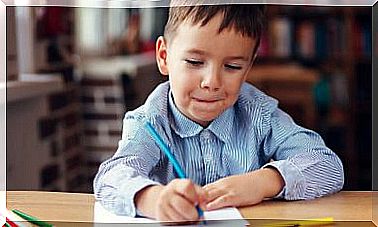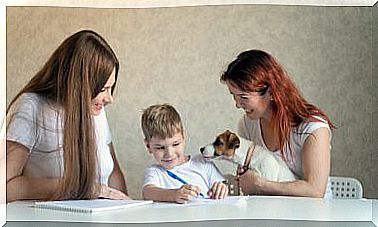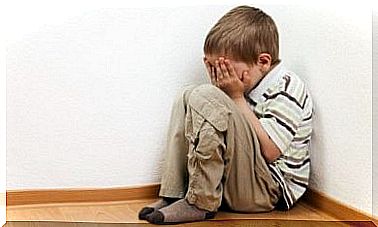States Of Matter For Children: How To Explain It In A Fun Way?
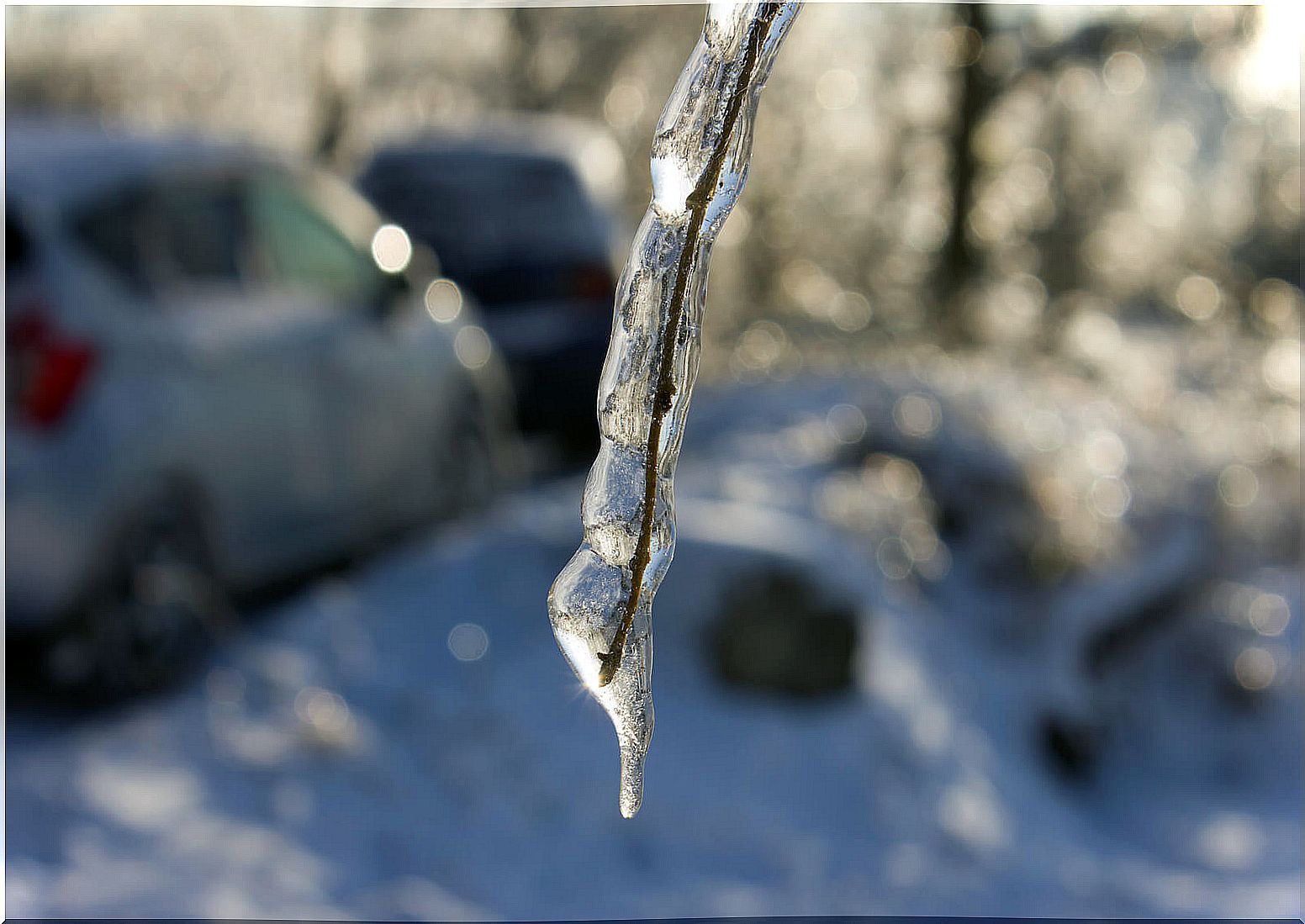
Teaching states of matter for children may seem a bit complicated, but it is not if you do it with a suitable didactic approach and in a fun way. However, before starting we must make a small glossary of concepts about matter and its states.
What is matter?
Everything that surrounds us, including ourselves, is made up of matter, which is the sum of very small particles in portions, with a certain mass and volume. Those microscopic parts that make it up are joined by cohesion forces that determine the states in which it occurs.
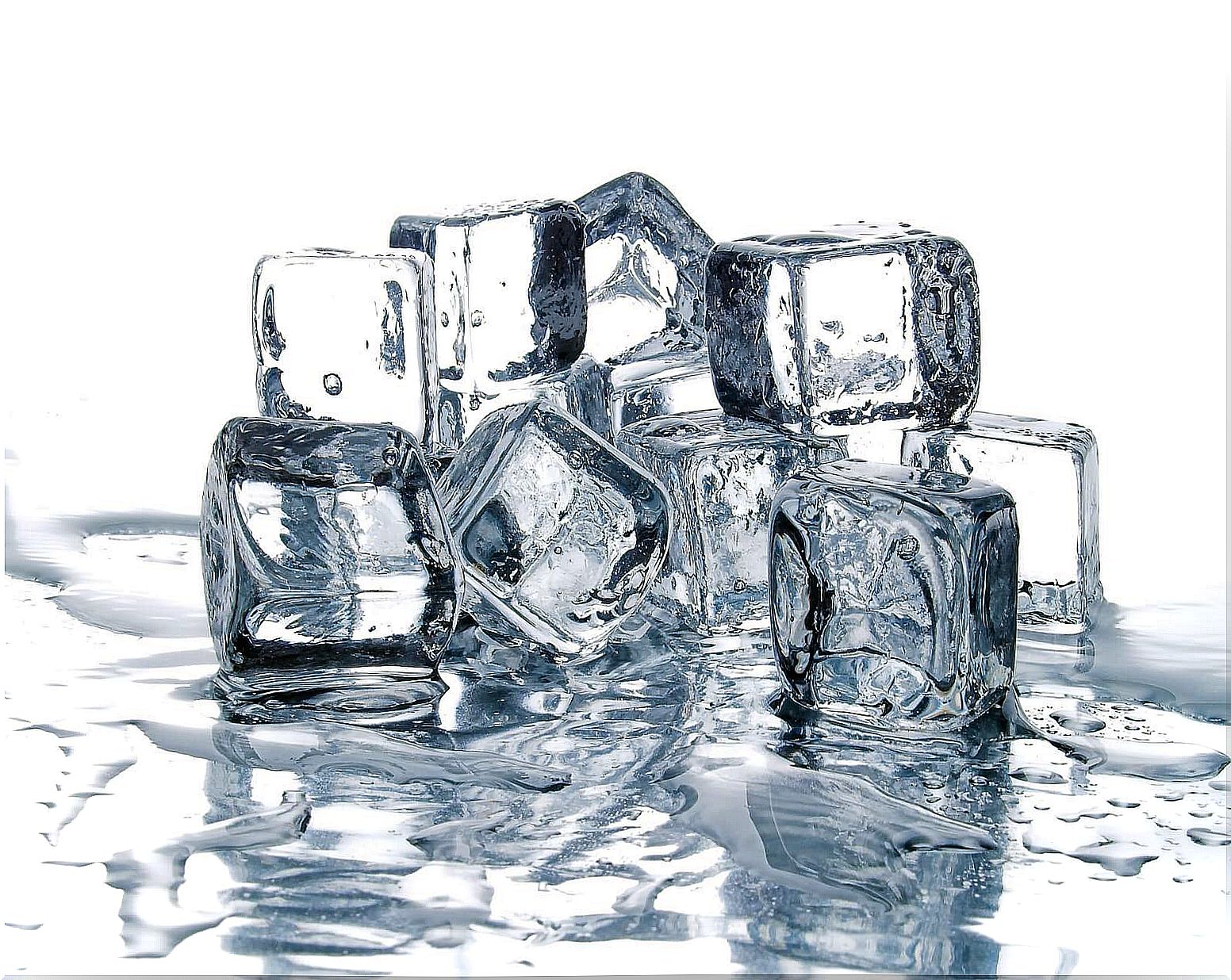
Those statuses are as follows:
- Solid. The particles are very cohesive, orderly, and barely move. The result is a rigid matter, with constant mass and volume.
- Liquid. With weaker forces of attraction, the particles have greater freedom of movement and sliding, therefore, the liquids have no shape, flow and run off. Matter in this state has no definite shape, but adapts to the place that contains it (a jar, a bottle, the bed of a river, etc.).
- Gaseous. In this state there are almost no cohesion forces between the particles, so they move in any direction. The gases take the shape of the container that contains them and they expand in all the available space within it.
States of matter for children: what are the processes of change?
Matter has the quality of being able to change state when subjected to the action of temperature and pressure. A great way for children to learn how state changes take place is to guide them through their first steps in the scientific method: observing, thinking, experimenting, and then asking questions.
At home or at school, the idea is that the little ones can, with fun explanations and experiments, learn science by doing science.
Experiments to do at home to explain the states of matter
Already having knowledge about the different states of matter, we approach the subject of state changes with a series of fun experiments.
1. Why does the chocolate melt in your hand?
Children love chocolate, so this experiment will instantly grab their attention! As a first step we observe that the chocolate is in a solid state, with a certain volume. Ta and as we have already commented, its particles are strongly united to preserve their shape.
So, we will take the chocolate with our hand for a while. As the heat passes from the hand to the chocolate, the increase in temperature causes its molecular structure to begin to “mess up” and the matter loses shape. If pressure is applied, the process is faster.
The chocolate melts and becomes a liquid state spilled in the hand. A fun explanation for the change from solid to liquid or fusion.
2. Ice catches things
Prepare a container with water and a small object in it, such as a piece of stone or a marble. Let the children play with it, put their hands in the water, transfer the liquid to another container and hold the object. What temperature do they feel? What shape is water? Can you get the object out of the water?
Take the container to freeze and then present it to the little ones again and ask the same questions. The differences in the answers explain the solidification process : when liquid water is subjected to low temperatures, its particles are attracted more strongly and stop moving, turning into ice.
In this state, the water has a more ordered molecular structure and without movements between its components. The object is trapped in the structure and can only escape when the ice is subjected to pressure and breaks, or is subjected to temperature and becomes water again.
3. Make rain with a pot
For this explanation you need to put water in a pot and bring it to a boil. Leave it covered and turn off the heat. Once it cools down a bit, uncover the pot and immediately ask the children what they see. Does the cloud rise and disappear?
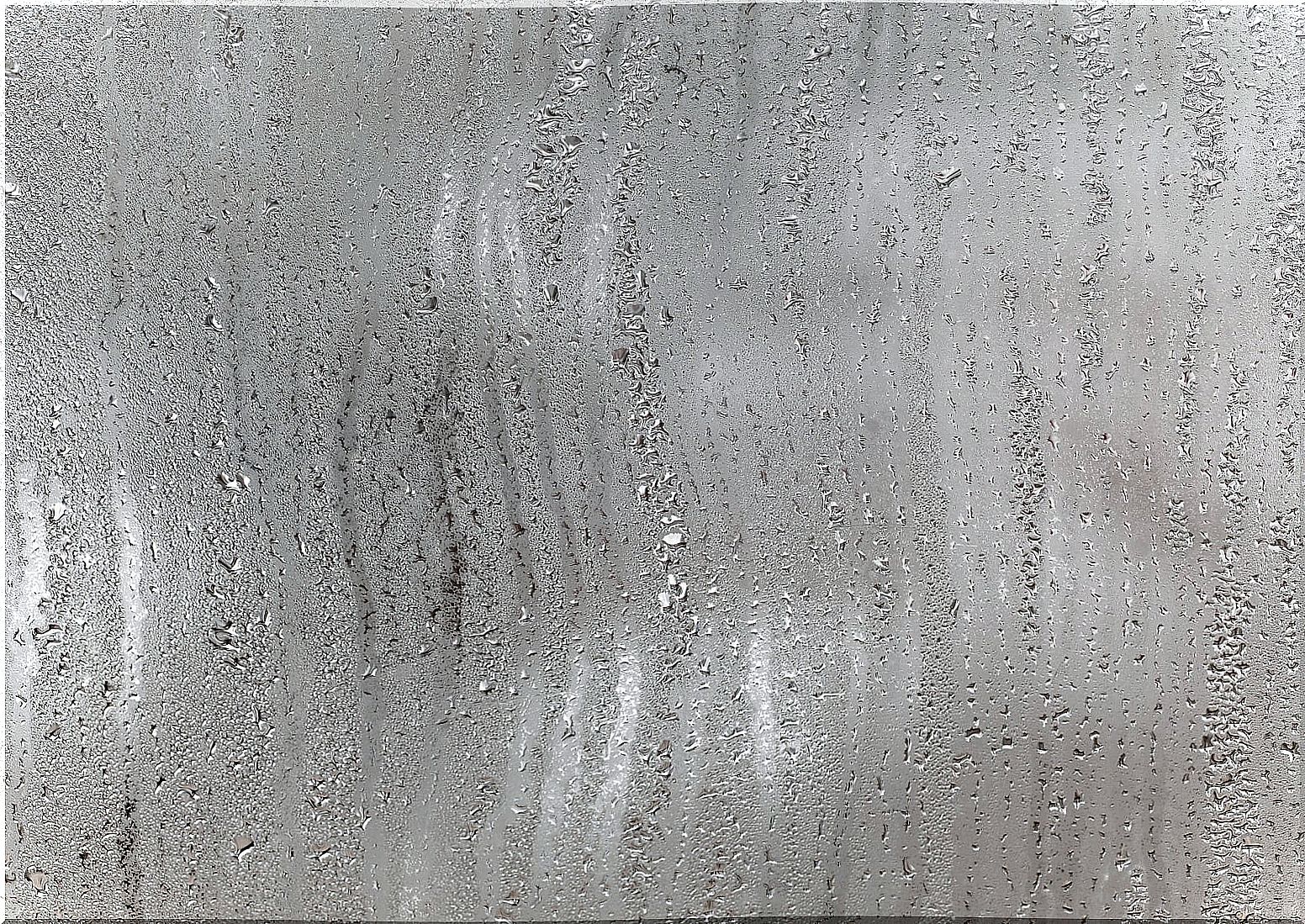
That cloud that comes out of the pot is water vapor and means that the liquid, due to the action of temperature, changed its state to gaseous, that is, its particles are no longer attracted, but expand and the evaporation process. It is the same way that clouds form.
Lift the lid of the pot and show the little ones the drops that have formed on its surface and how they fall as rain. What happens now? Water again?
In this experiment, the water goes from a liquid to a gaseous state and then, again, to a liquid. When hot vapor particles collide with the cooler surface of the lid, condensation occurs and drops of liquid water form. When these are cohesive, they increase in volume, they fall under their own weight. In the same way there is rain.
Learn the states of matter with fun explanations
Inquiry learning in which children construct scientific knowledge by answering questions through experiments is a very fun way to find explanations for the processes of state changes in matter.
Working with everyday elements makes it possible for them to quickly understand the concepts, since they themselves intervene in the search. Thus, explaining states of matter to children is easy if appropriate methods are applied and children are guided to make their own scientific discoveries.
